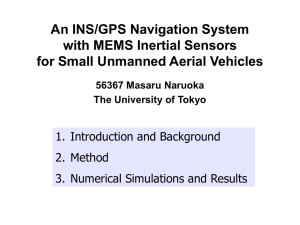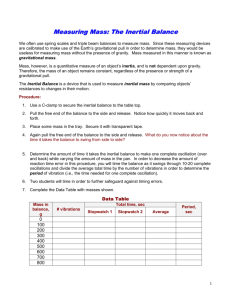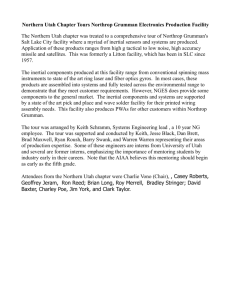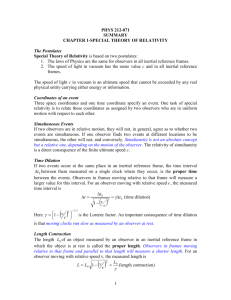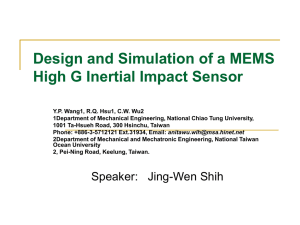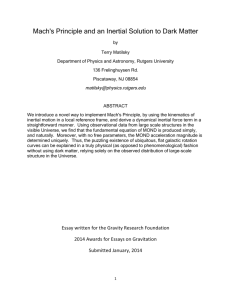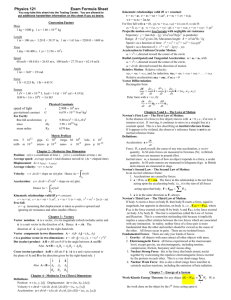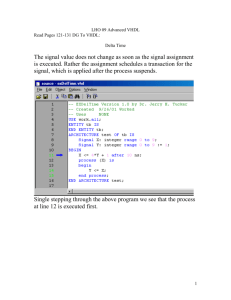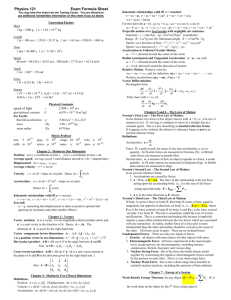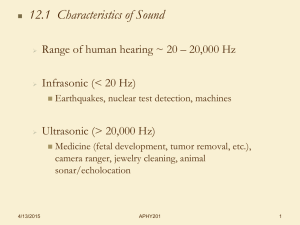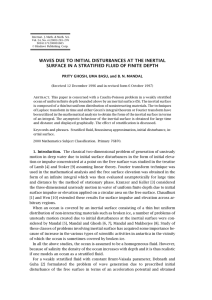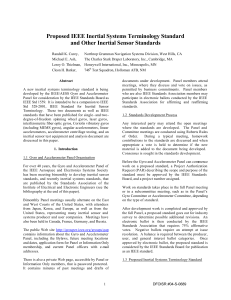MDA04-130
advertisement
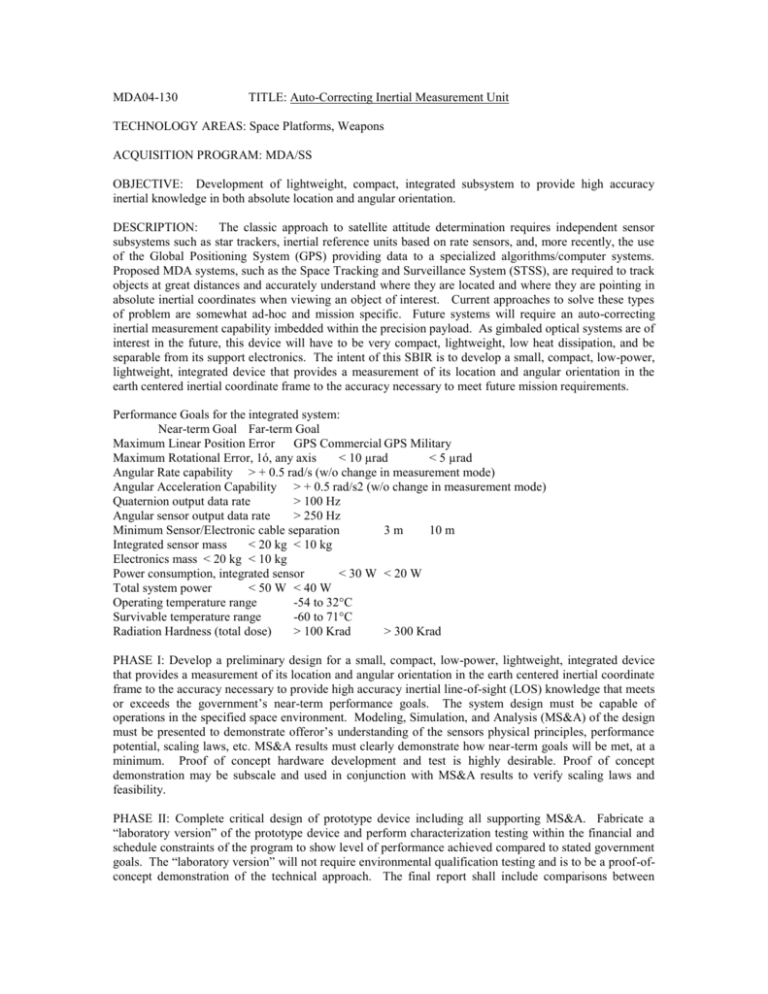
MDA04-130 TITLE: Auto-Correcting Inertial Measurement Unit TECHNOLOGY AREAS: Space Platforms, Weapons ACQUISITION PROGRAM: MDA/SS OBJECTIVE: Development of lightweight, compact, integrated subsystem to provide high accuracy inertial knowledge in both absolute location and angular orientation. DESCRIPTION: The classic approach to satellite attitude determination requires independent sensor subsystems such as star trackers, inertial reference units based on rate sensors, and, more recently, the use of the Global Positioning System (GPS) providing data to a specialized algorithms/computer systems. Proposed MDA systems, such as the Space Tracking and Surveillance System (STSS), are required to track objects at great distances and accurately understand where they are located and where they are pointing in absolute inertial coordinates when viewing an object of interest. Current approaches to solve these types of problem are somewhat ad-hoc and mission specific. Future systems will require an auto-correcting inertial measurement capability imbedded within the precision payload. As gimbaled optical systems are of interest in the future, this device will have to be very compact, lightweight, low heat dissipation, and be separable from its support electronics. The intent of this SBIR is to develop a small, compact, low-power, lightweight, integrated device that provides a measurement of its location and angular orientation in the earth centered inertial coordinate frame to the accuracy necessary to meet future mission requirements. Performance Goals for the integrated system: Near-term Goal Far-term Goal Maximum Linear Position Error GPS Commercial GPS Military Maximum Rotational Error, 1ó, any axis < 10 µrad < 5 µrad Angular Rate capability > + 0.5 rad/s (w/o change in measurement mode) Angular Acceleration Capability > + 0.5 rad/s2 (w/o change in measurement mode) Quaternion output data rate > 100 Hz Angular sensor output data rate > 250 Hz Minimum Sensor/Electronic cable separation 3m 10 m Integrated sensor mass < 20 kg < 10 kg Electronics mass < 20 kg < 10 kg Power consumption, integrated sensor < 30 W < 20 W Total system power < 50 W < 40 W Operating temperature range -54 to 32°C Survivable temperature range -60 to 71°C Radiation Hardness (total dose) > 100 Krad > 300 Krad PHASE I: Develop a preliminary design for a small, compact, low-power, lightweight, integrated device that provides a measurement of its location and angular orientation in the earth centered inertial coordinate frame to the accuracy necessary to provide high accuracy inertial line-of-sight (LOS) knowledge that meets or exceeds the government’s near-term performance goals. The system design must be capable of operations in the specified space environment. Modeling, Simulation, and Analysis (MS&A) of the design must be presented to demonstrate offeror’s understanding of the sensors physical principles, performance potential, scaling laws, etc. MS&A results must clearly demonstrate how near-term goals will be met, at a minimum. Proof of concept hardware development and test is highly desirable. Proof of concept demonstration may be subscale and used in conjunction with MS&A results to verify scaling laws and feasibility. PHASE II: Complete critical design of prototype device including all supporting MS&A. Fabricate a “laboratory version” of the prototype device and perform characterization testing within the financial and schedule constraints of the program to show level of performance achieved compared to stated government goals. The “laboratory version” will not require environmental qualification testing and is to be a proof-ofconcept demonstration of the technical approach. The final report shall include comparisons between MS&A and test results, including identification of performance differences or anomalies and reasons for the deviation from MS&A predictions. PHASE III: Modify/improve the design if the Phase II proof of concept prototype did not meet near-term goals. Work with a commercial company or independently develop and space qualify the auto-correcting inertial measurement unit developed in Phases I & II. PRIVATE SECTOR COMMERCIAL POTENTIAL: Current approaches to this problem require the integration of multiple subsystems to determine the inertial location and attitude. This device will incorporate all of these features into a single integrated unit at a lower cost. Non-DoD applications include commercial aircraft inertial navigation systems (INS) and guidance systems for launch vehicles and reusable spacecraft. REFERENCES: 1. Subset of Standards Maintained by the IEEE/AESS Gyro and Accelerometer Panel 528-2001 IEEE Standard for Inertial Sensor Terminology (Japanese translation published by the Japan Standards Association) 529-1980 (R2000) IEEE Supplement for Strapdown Applications to IEEE Standard Specification Format Guide and Test Procedure for Single-Degree-of-Freedom RateIntegrating Gyros 671-1985 (R2003) IEEE Standard Specification Format Guide and Test Procedure for Nongyroscopic Inertial Angular Sensors: Jerk, Acceleration, Velocity, and Displacement 813-1988 (R2000) IEEE Specification Format Guide and Test Procedure for TwoDegree-of-Freedom Dynamically Tuned Gyros 952-1997 IEEE Standard Specification Format Guide and Test Procedure for Single-Axis Interferometric Fiber Optic Gyros Carl Christian Liebe, “Accuracy performance of star tracking-a tutorial,” IEEE Transactions on Aerospace and Electronic Systems 38, 587-599 (April 2002). Carl Christian Liebe, “Star trackers for attitude determination,” IEEE AES Systems Magazines, 10-16 (June 1995). Interface Control Document (ICD) Global Positioning System (GPS) - 200 (ICD-GPS-200) Revision C, Initial Release, IRN-200C-001 (GPS JPO) KEYWORDS: Inertial Reference Unit (IRU), Inertial Navigation System (INS).
